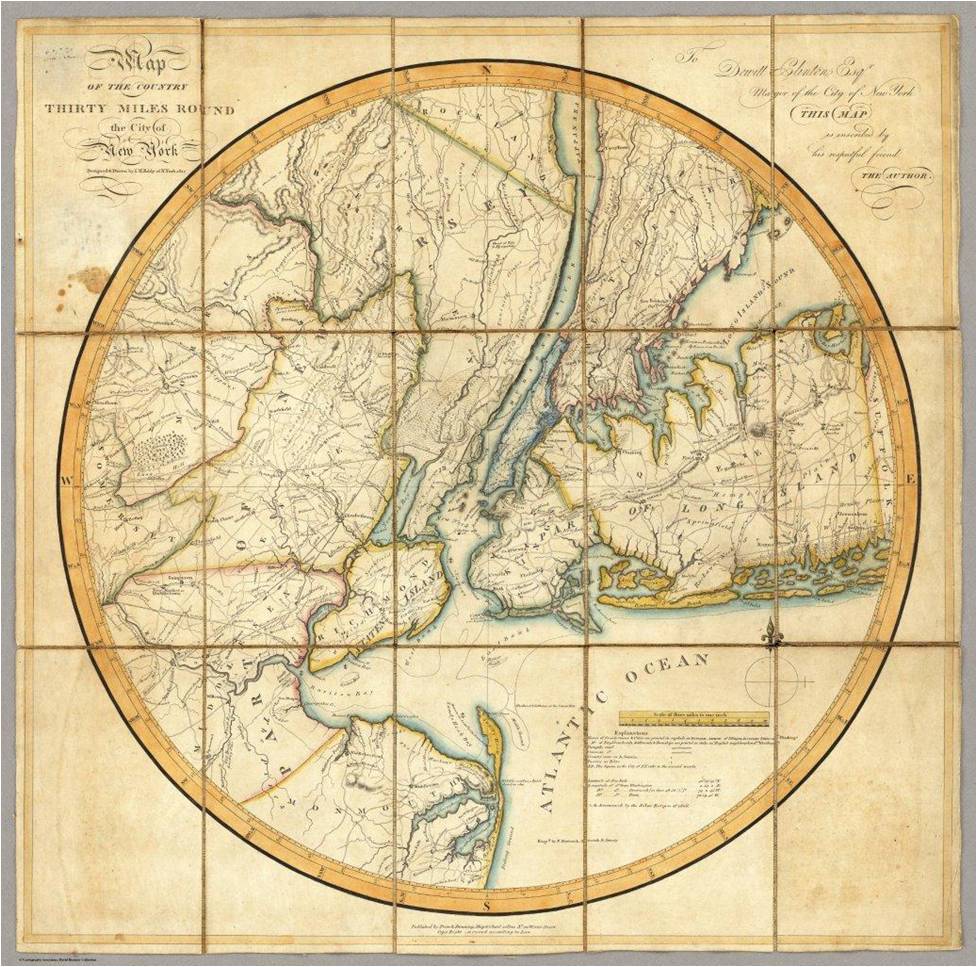Research Interests
My original research interests are the ecology, evolution, and conservation biology of temperate North American fishes, especially the diadromous forms that migrate between fresh and salt water. However, in my twenty years as a scientist with the Hudson River Foundation, I worked primarily on gaining a better understanding of New York Harbor and the Hudson River Estuary–a system with myriad environmental challenges. Now, in my career as an aquatic conservation biologist at Queens College, I concentrate on both of these (sometimes overlapping) research arenas. I also enjoy working at an array of geographic levels and have been involved in projects ranging from the local (Bronx River fish passage), to the regional (migrations and stock identification of striped bass), to the national (conservation of shads), and the international (restoration of sturgeons).
An appreciation that grew out of my historical analyses of New York Harbor for my book, Heartbeats in the Muck, is the growing importance of the shifting baselines syndrome–that is, the notion that resource managers settle for lessened ambitions as their vision becomes further removed from original pristine conditions. This spurred a six-year effort to produce a book that chronicles the historical ecology of western Atlantic diadromous fishes, from pre-Colonial times to the present. Running Silver: Restoring Atlantic Rivers and their Great Fish Migrations is the result,
a tour through time and decline that relies on myriad sources for guideposts, including the prescient observations of Thoreau from his A Week on the Concord and Merrimack Rivers. I remain interested in finding ways and partners in building on the ten recommendations I make in the book. An outgrowth of this is an abiding interest in the place of ‘awe’ in appreciating animal abundances and biodiversity, and the ongoing loss of ‘spectacle’ (such as in great migrations) in the natural world.
Another major focal area for me is the stock structure and population genetics of fishes, in both the theoretical and applied senses. I have worked with Isaac Wirgin and others, mainly using molecular approaches, on species including Atlantic and shortnose sturgeons, striped bass, American shad, sea lamprey, Atlantic cod, winter flounder, and summer flounder. I am also collaborating with Liz Alter and Sam Chin on using environmental DNA to assess invasive species and biodiversity concerns in the Hudson River watershed.

Urban habitats are another area of intrigue for me. I was at the right age to witness both the profoundly polluted New York Harbor and its remarkable turnaround, spurred by the Clean Water Act of 1972. But all is not sanguine in the Harbor, there are other threats looming, including sea level rise and high magnitude coastal storms, such as Sandy: ‘resilience’ has superseded ‘sustainability’ as the mantra of our times. Colleague William Solecki and I are examining a vulnerable portion of New York City in a forthcoming environmental history of Jamaica Bay. Other research topics that I remain involved with a various levels are the zoogeography and diversity of North American fishes, fish passage performance and alternatives such as dam removals, climate change and aquatic biota, the effects of alien species, fluctuating asymmetry as an indicator of stress, the ecological effects of power plants, and the literature and art of natural history and angling.